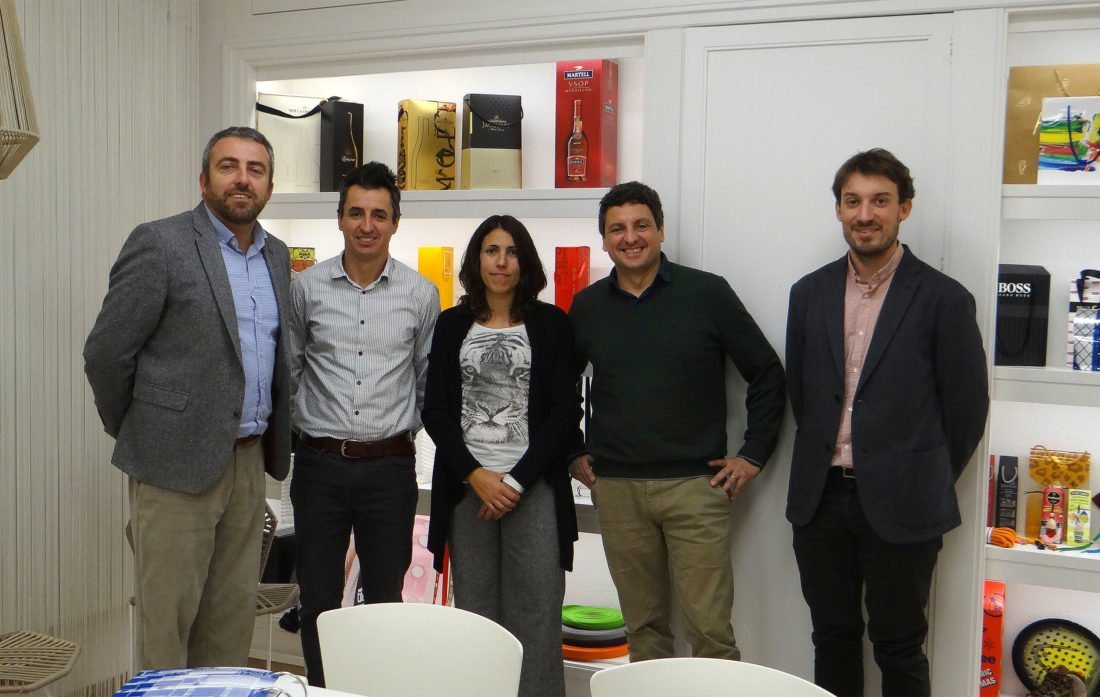At the beginning of 2019, we started the project "New plastic product made with waste from the textile industry" with the aim of introducing to the market plastic products made with polypropylene pellets recovered from waste from LIASA's textile production.
The project, co-financed by the Agència de Residus de Catalunya, began in January 2019 and ended on March 30, 2021. We carried it out together with NG PLASTICS, a member of the Packaging Cluster. This cluster and the AEI Tèxtils (of which LIASA is a member) have actively collaborated in the development of the project.
This industrial symbiosis project has three phases:
1. Separation and selection of waste resulting from the industrial process of extrusion of polypropylene yarn. LIASA can't reuse this waste as a raw material recovered in the same production process, as the resulting yarn would not obtain the necessary properties for its final application, so this project started to look for another solution.
2. Transformation of the waste into pellets to be reused in the production of plastics.
3. Production of bottle caps with the injection of recovered pellets, maintaining the same properties as the caps made of virgin material. The company NG PLASTICS, a manufacturer of plastic packaging for various sectors, has used it to produce new packaging with a level of quality and characteristics equal to those of the same packaging made of virgin material. Through this process, get a product made from 100% recycled material.
In order to determine the environmental impact of the process, a life cycle analysis (LCA) has been carried out, which includes the crushing and extrusion processes carried out by the Eurecat technology center.
This analysis of the product life cycle has determined that the recycling process of polypropylene yarn is environmentally friendly, as for each kg of recycled yarn the emission of 1.11kg of CO2 is avoided. With this plan, the production of 5 million corks is achieved annually, which means a saving of 36.5 tons of virgin raw materials and a reduction in the environmental footprint of more than 40.5 tons of equivalent CO2 emissions.


